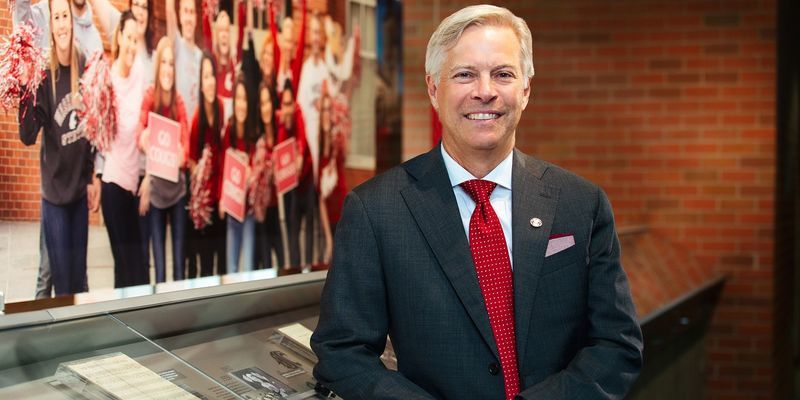New research outlines how airlines covertly lobby Congress
A new study from Temple University faculty member Min-Seok Pang outlines how airlines increase flights to cater to the chair of the United States House Committee on Transportation and Infrastructure.

What exactly does it look like to lobby Congress? If you are a major airline carrier, it might look something like providing more flights to and from the airports in the home district of the chair of the Transportation Committee in the U.S. House of Representatives.
Coincidentally enough, new Temple University research has found that for at least the last 30 years, that is exactly what has been happening.
Min-Seok Pang, an associate professor and the Milton F. Stauffer Research Fellow at Temple’s Fox School of Business, recently completed a study that tracked U.S. airline data from 1990 through 2019. Co-authored by Russell Funk of the University of Minnesota and Daniel Hirschman of Cornell University, the scholarly journal article “We Fly Congress: Market Actions as Corporate Political Activity in the U.S. Airline Industry” was recently published in Organization Science and it details the covert ways in which airline carriers work to lobby Congress.
Through this empirical analysis, Pang and his colleagues found that airlines increase the supply of flights from the airports in the home district of the chair of the United States House Committee on Transportation and Infrastructure. The analysis also found that airlines increase the supply of nonstop flights to Washington, D.C., from the chair’s district.
“When we think about lobbying, we think about campaign contributions or a company hiring lobbyists to communicate with members of Congress or politicians,” Pang said. “What makes this study so interesting is that it shows how companies are also lobbying Congress in covert ways in that they are using their core products and services to influence them.”
The magnitude of this effect is sizable; airlines expand the number of departures at the chair’s district by 5.5%, and the number of available seats by 9.6%. The increase in the number of available seats to D.C. is as much as 4.4%.
One of the other key takeaways from the study was how this has been a consistent trend, regardless of who holds the title of chair of the United States House Committee on Transportation and Infrastructure. Party affiliation is also a nonfactor.
Consider the following. From 1990 through 2019, nine different individuals held the title of chair of the Transportation Committee in the U.S. House of Representatives. Five of the chairs were Democrats and four were Republicans, but in every single instance, home flights to the chair’s home district increased and flights to Washington, D.C., increased, too.
But what happens once a chair’s term is up? That’s another interesting takeaway.
“The flights go down because of course they would,” Pang said. “If it has proven to be profitable, we found that they do keep some of the flights; they do not decrease completely back to what the numbers were prior to the chair getting in office. But in most instances, once the chair’s term is up, the flights to his district go down, as well.”
So, does all of this lobbying work? Do the airlines benefit from catering so much to each Transportation Committee chair? According to Pang’s research, the answer to that question is yes.
“Companies do not like changes, and a policy change is only beneficial if it directly benefits the company’s bottom line,” Pang said. “We found that the more departures that take place from the district of the Transportation Committee chair, the less likely it is that an aviation bill will pass in the U.S. House. For an airline, a policy change is only beneficial if it directly benefits the airline’s bottom line, and the next best thing beyond that is the status quo. That is where this strategy works.”


